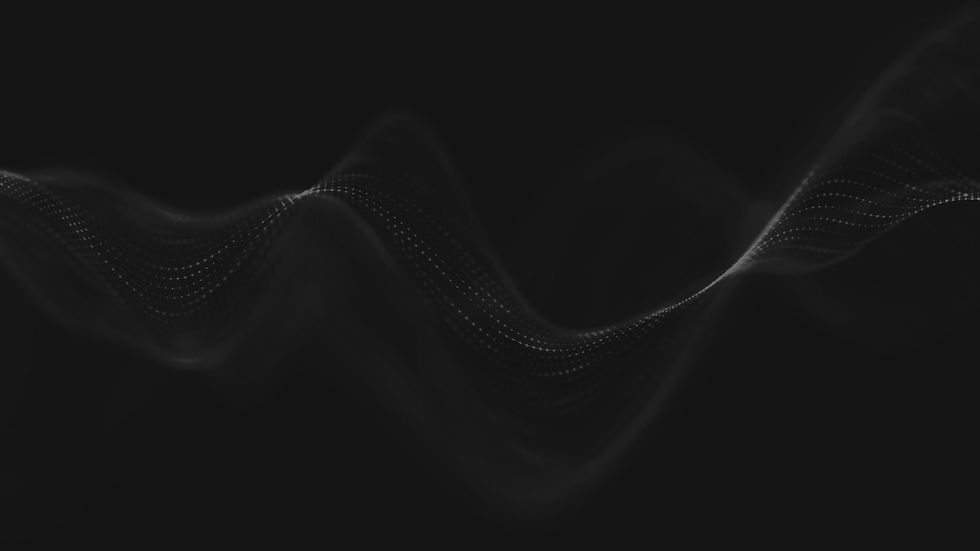
Art has always been a reflection of human creativity, culture, and emotions. With the advent of data science, the world of art is experiencing a new dimension, where data-driven analysis and insights are uncovering hidden patterns and shedding light on artistic styles and trends. From traditional paintings to modern digital artworks, data science is playing a pivotal role in understanding, preserving, and appreciating the rich tapestry of artistic expressions. In this article, we delve into the exciting realm of data science in art, exploring how it is used to analyze artistic styles, detect forgeries, and track trends across different eras.
Art Data as a Canvas: Unlocking Insights:
Art generates an array of data, ranging from brushstrokes and color palettes to historical context and artist biographies. Data scientists are leveraging this information to analyze artistic attributes and identify connections that reveal insights about the artists' techniques, influences, and unique styles.
Style Recognition Algorithms: Decoding Artistic Identities:
Data science has introduced style recognition algorithms that can analyze visual features of artworks, such as lines, textures, and color distributions. These algorithms can distinguish between different artistic styles, from Renaissance realism to Cubism's abstract geometries, providing art historians and enthusiasts with valuable tools for categorization.
Art Market Analysis: Predicting Valuations:
The art market is influenced by numerous factors, including artist reputation, historical significance, and current trends. Data science models trained on historical sales data can predict the potential value of artworks, assisting collectors, galleries, and auction houses in making informed decisions about acquisitions, sales, and investments.
Unveiling Hidden Influences: Network Analysis:
Data science techniques, such as network analysis, help uncover the web of artistic influences. By analyzing connections between artists, teachers, and peers, data scientists can map artistic movements and trace the evolution of styles across time periods and geographical regions.
Forgery Detection: Separating Genuine from Fake:
Art forgery has plagued the art world for centuries. Data science employs advanced image analysis and machine learning to detect discrepancies in brushstrokes, pigments, and materials. By comparing an artwork against a database of genuine works, these algorithms aid experts in identifying potential forgeries.
Digital Art Analytics: Navigating New Frontiers:
The rise of digital art brings new challenges and opportunities. Data science enables the analysis of digital artworks, including pixel-level examination, metadata analysis, and tracking online engagement. This allows for insights into the evolution of digital artistic practices and the impact of technology on creativity.
Temporal Trends in Art: Tracking Evolution:
Data science is invaluable in understanding the evolution of artistic trends over time. By analyzing large art databases, researchers can identify shifts in themes, subjects, and styles, shedding light on societal changes and cultural influences that have shaped the art world.
Art Recommender Systems: Personalizing Art Experiences:
Similar to how recommendation systems suggest movies or products, data science is being employed to recommend artworks based on an individual's preferences. By analyzing a person's art preferences and historical interactions, personalized art recommendations enhance engagement and introduce viewers to new artists.
Preserving Cultural Heritage: Digitization and Restoration:
Data science aids in the digitization and restoration of artworks, preserving cultural heritage for future generations. High-resolution imaging, combined with machine learning, can reconstruct damaged parts of artworks, revealing hidden details and ensuring their longevity.
The Intersection of Art and Data Science: Shaping the Future:
The fusion of art and data science is shaping a new era in the appreciation and understanding of artistic expressions. As data analytics and machine learning techniques continue to advance, they hold the potential to unlock deeper insights, challenge established narratives, and broaden our perception of art's influence on society.
Data science is unraveling the complex threads of artistic creation, allowing us to gain insights into the minds of artists, the evolution of styles, and the nuances of cultural trends. The collaboration between data scientists, art historians, and curators is forging new paths in art analysis, preservation, and appreciation. As data-driven approaches continue to evolve, they enrich our understanding of art's timeless impact on human culture and emotion.

Comments